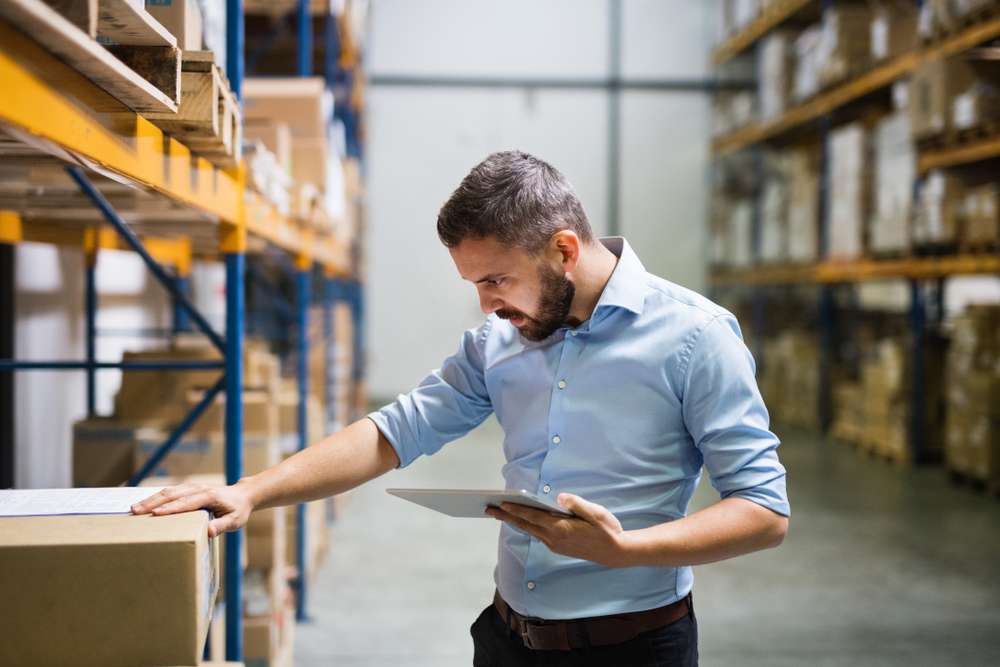Reimagining Fitness with Dance Cardio: A Rhythmic Revolution
The intersection of fitness and dance is a space where beauty, wellness, and fun merge. It is here, in the vibrant world of dance cardio, where we see a unique blend of rhythm, energy, and movement, creating a unique path to fitness and self-care. This article delves into the origins of dance cardio, current trends and developments in the industry, and the potential benefits of this dynamic exercise routine.

Dance Cardio: From Humble Beginnings to Fitness Sensation
Dance cardio, as a fitness routine, traces its roots back to the 1960s with the advent of Jazzercise, an amalgamation of jazz dance and exercise. Over the decades, the concept evolved, incorporating various dance styles from across the globe, and in the 1990s, it gained popularity with Latin dance-infused Zumba. Today, dance cardio is a widely accepted fitness regimen, offering a variety of styles from Hip Hop to Bollywood, each bringing their unique flavor and fitness benefits.
The Current Beat: Trends in Dance Cardio
Today’s dance cardio scene is a vibrant mix of traditional and modern dance styles, each with a unique fitness spin. The trend leans towards inclusivity, with routines designed for all fitness levels and age groups. Expert analysis suggests a growing interest in dance cardio, thanks to its fun-filled, non-monotonous approach to fitness. Live-streamed and on-demand classes have also seen a surge, fueled by the need for at-home fitness solutions during the pandemic.
Dancing to the Beat of Fitness: Benefits and Impact
Dance cardio is more than just a workout; it’s a celebration of movement. Its cardiovascular benefits are well-documented, with an hour of dance cardio burning anywhere between 300-600 calories. Additionally, it improves flexibility, coordination, and posture. Its market relevance is significant too, with dance cardio classes being a staple in gyms and fitness studios worldwide. But the most profound impact of dance cardio is perhaps its effect on mental health. The rhythmic movements coupled with uplifting music provide a mood boost, making it a potent tool against stress and anxiety.
Evidence-backed Recommendations: Making the Most of Dance Cardio
To leverage the benefits of dance cardio, consistency is key. Experts recommend at least 150 minutes of moderate-intensity or 75 minutes of high-intensity dance cardio per week. Comfortable attire and proper hydration are also essential. For beginners, starting with a low-impact routine and gradually increasing the intensity is advisable. It’s also crucial to listen to your body and modify movements as needed to avoid injury.
The Movement Continues: The Future of Dance Cardio
Given its popularity and benefits, the future of dance cardio looks bright. Experts predict an increase in hybrid classes that combine dance cardio with strength training or yoga for a comprehensive workout. Virtual reality (VR) technology could also play a role, making classes more immersive and interactive. As we move forward, dance cardio will continue to evolve, keeping pace with the rhythm of the fitness industry.
In conclusion, dance cardio is a vibrant, energetic, and fun-filled approach to fitness. It offers numerous benefits, both physical and mental, and its appeal lies in its accessibility and inclusivity. As it continues to evolve, dance cardio promises to keep us moving, grooving, and loving every step of our fitness journey.




